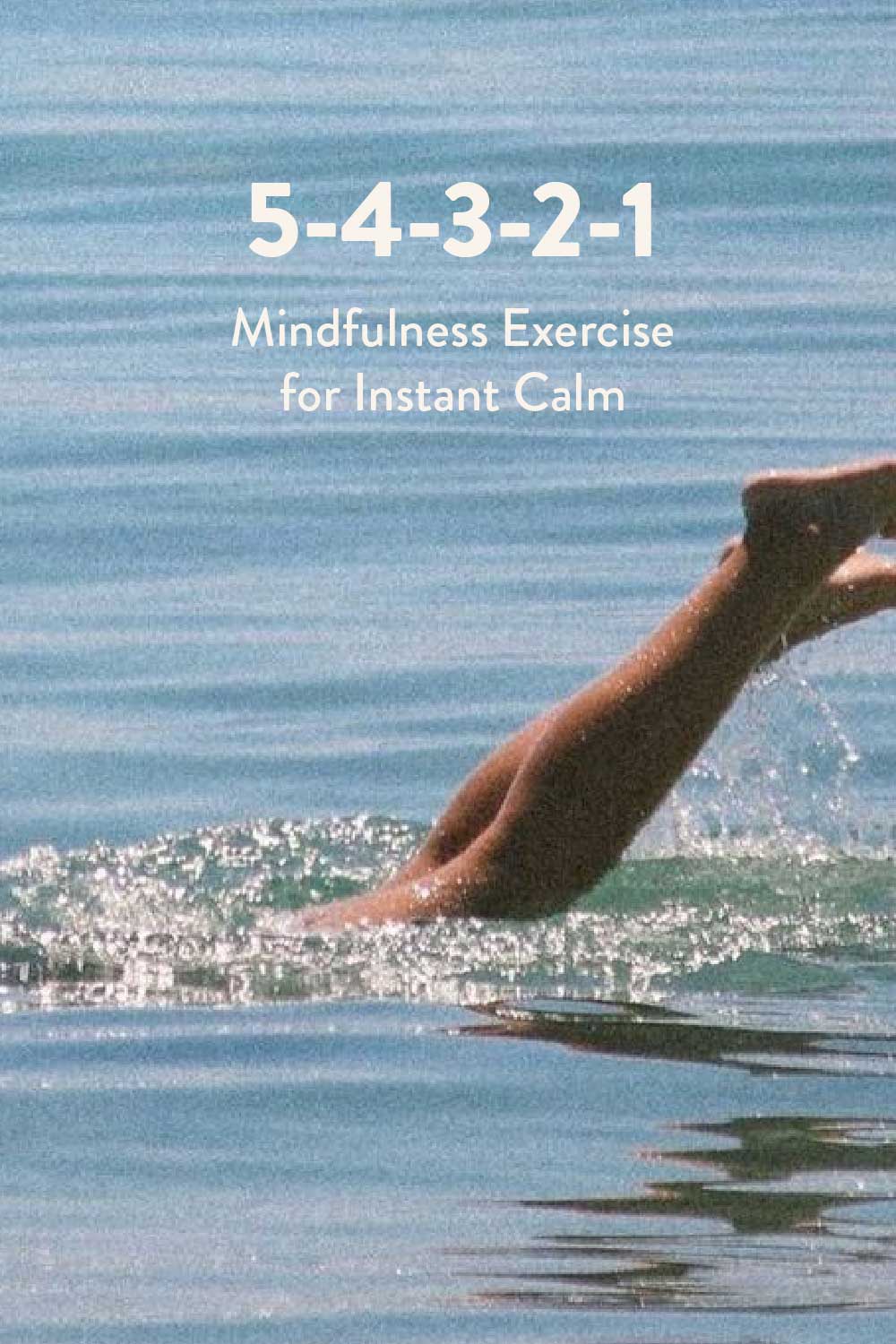In today's fast-paced world, finding a moment of calm can be challenging. Life's demands, stressors, and anxieties often weigh us down, leaving us feeling overwhelmed and anxious. The good news is that there are simple and effective tools available to help you regain control and achieve inner peace. One such tool is the "5-4-3-2-1" mindfulness exercise. In this blog post, we'll explore this exercise and how it can calm your mind, allowing you to focus on the present moment.
Understanding the 5-4-3-2-1 Mindfulness Exercise
The "5-4-3-2-1" exercise is a straightforward yet powerful mindfulness technique that can help you shift your focus away from stressors and anxieties. It allows you to connect with the here and now by engaging your senses. Here's how it works:
-
Name 5 Things You See: Start by looking around and identifying five things you can see. These can be everyday objects, the color of the walls, or even the trees outside your window. The goal is to anchor your attention to the visual stimuli in your environment.
-
Name 4 Things You Hear: Next, tune in to your auditory senses. Identify four things you can hear, whether it's the hum of traffic, birds singing, or the sound of your own breathing. This step helps you become more aware of the sounds in your immediate surroundings.
-
Name 3 Things You Feel: Shift your attention to the sense of touch. Acknowledge three things you can physically feel. This might include the texture of the chair you're sitting on, the warmth of your clothes, or the gentle breeze on your skin.
-
Name 2 Things You Smell: Engage your sense of smell by identifying two things you can smell. This could be the aroma of a nearby flower, the scent of a freshly brewed cup of coffee, or the fragrance of a scented candle.
-
Name 1 Thing You Taste: Finally, focus on your sense of taste. Identify one thing you can taste, whether it's the lingering flavor of your last meal or a sip of your favorite beverage.
How the 5-4-3-2-1 Exercise Calms Your Mind
The "5-4-3-2-1" mindfulness exercise works as a mental reset button, redirecting your attention from stressful thoughts to the sensory experiences of the present moment. Here's how it can help calm your mind:
-
Grounding in the Present: By actively engaging your five senses, you ground yourself in the present moment. This immediate sensory awareness helps you break free from the grip of past regrets or future worries.
-
Mindfulness and Stress Reduction: Mindfulness practices, like the "5-4-3-2-1" exercise, are known to reduce stress and anxiety. They allow you to observe your thoughts without judgment and create mental space for calm and clarity.
-
Distraction from Overwhelming Thoughts: When you're feeling overwhelmed, it's easy to get lost in a whirlwind of thoughts. This exercise provides a constructive distraction, allowing you to shift your focus and temporarily set aside those overwhelming concerns.
-
Enhanced Concentration: Regular practice of the "5-4-3-2-1" exercise can improve your concentration and attention span. This enhanced focus can be particularly beneficial in managing daily tasks and responsibilities.
When to Use the 5-4-3-2-1 Exercise
The "5-4-3-2-1" exercise is a versatile tool that you can use whenever you feel the need to calm your mind. Here are some situations where it can be particularly helpful:
-
Moments of Anxiety: When anxiety begins to creep in, taking a few minutes to practice this exercise can help reduce anxious feelings and promote relaxation.
-
Stressful Work Environments: If you work in a demanding environment, incorporating this exercise into your routine can offer a brief respite and improve your overall work experience.
-
Panic Attacks: The "5-4-3-2-1" exercise can be a valuable technique to use during or after a panic attack to regain control over your thoughts and emotions.
-
Mindfulness Practice: Consider incorporating the exercise into your daily mindfulness routine to enhance your overall well-being and mental clarity.
Tips for Effective Practice
To make the most of the "5-4-3-2-1" exercise, consider these tips:
-
Practice Regularly: Consistency is key. Try to incorporate this exercise into your daily routine to develop a habit of mindfulness.
-
Use All Your Senses: Be sure to engage all five senses fully during the exercise. This comprehensive sensory experience is what makes the exercise effective.
-
Breathe Slowly: Take slow, deep breaths as you go through the exercise. Deep breathing complements the calming effects of mindfulness.
-
Be Patient with Yourself: If your mind wanders during the exercise, don't be discouraged. Gently redirect your focus to the sensory experience.
In a world filled with distractions and stressors, finding moments of calm is a precious gift you can give yourself. The "5-4-3-2-1" mindfulness exercise is a simple yet powerful tool that can help you achieve just that. By engaging your senses and focusing on the present moment, you can calm your mind, reduce stress, and rediscover a sense of inner peace. So, the next time you're feeling anxious or overwhelmed, remember the "5-4-3-2-1" exercise and take a moment to connect with the beauty of the present.
Incorporating this mindfulness practice into your daily life can lead to a more relaxed and centered you, making it a valuable addition to your mental well-being toolkit. Give it a try and experience the transformative power of the "5-4-3-2-1" mindfulness exercise for yourself.

